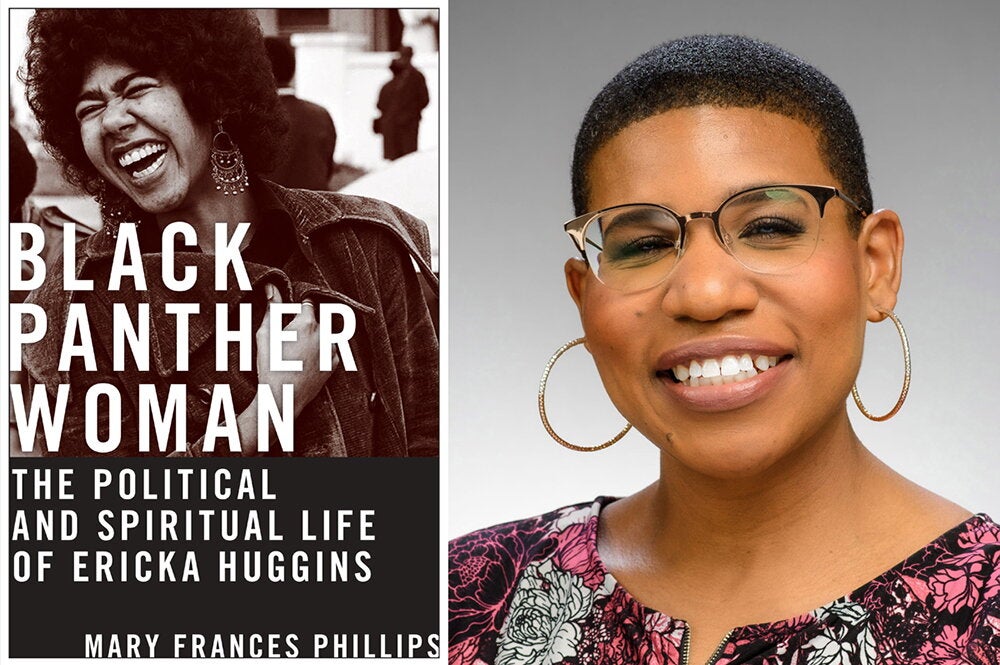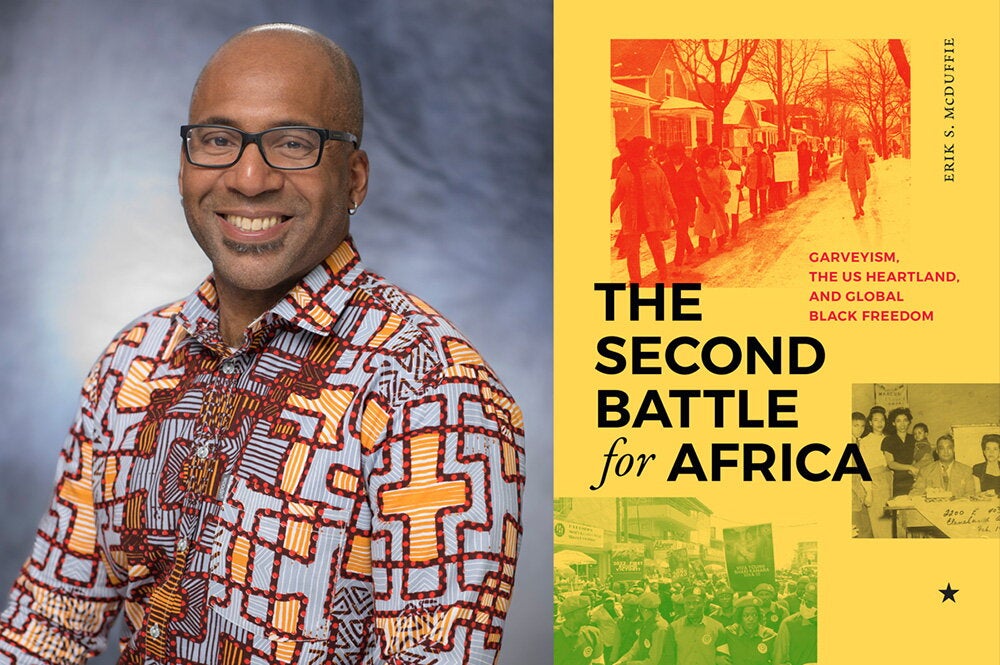

Millions of Americans may not receive federal food assistance this month. The Trump administration initially said it would not fund the Supplemental Nutrition Assistance Program during the government shutdown, which began in October. After two federal judges said the refusal to provide the benefits is unlawful, the administration said it will provide partial payments only, but it is unclear when recipients might receive any funds. SNAP provides food assistance to 42 million low-income Americans. Professor of African American studies Bobby Smith II is an expert in food justice, food systems analysis, food equity and agricultural history. He is the author of “Food Power Politics: The Food Story of the Mississippi Civil Rights Movement,” which examines how food was used as both a weapon and a tool of resistance during the Civil Rights Movement. He spoke with News Bureau arts and humanities editor Jodi Heckel.
You’ve written about how the government has used food as a weapon. How has that looked in the past, and how does the refusal to release SNAP funding compare?
Food has been used as a weapon against Black people beginning with slavery, when plantation masters withheld food to starve slaves into compliance. This practice continued in the Jim Crow era in the rural South — for example, sharecroppers in places like the Yazoo-Mississippi Delta region in the state of Mississippi could only get food through the plantation commissary or federal food programs when they were prohibited from growing it themselves in plantation owner-approved gardens. During the 1962-63 Greenwood Food Blockade, the all-white Leflore County board of supervisors in the Delta used food as a political weapon, eliminating its participation in the federal surplus commodities program, which provided free food to poor communities, in response to a voter registration campaign.
What also is fascinating about the Delta, as my book shows, is that white grocery store owners in the region influenced the passage of the food stamp program because residents who were getting free food through the commodities program were not shopping at grocery stores. They regulated what items could be purchased with food stamps and raised the prices of those items. In other words, white grocery store owners used food as an economic weapon through food stamps.
The current cut in food assistance is seemingly a matter of politics, but it’s really about power. It’s political theater but the stakes are higher now, forcing our nation to address the question: Who decides when, where and how we access food? There are 42 million Americans in limbo. Most people run out of food stamps around the middle of the month. People who were depending on Nov. 1 food stamps have been hungry and rationing food since mid-October.
We’re focused on who is getting or not getting food stamps. It’s an important thing to focus on, but it produces blind spots around the politics of the issues, the us versus them. What this shows is how powerful our government is that it can cut off people’s access to food at the flip of a switch. They are literally using food as a weapon. This is “Food Power Politics” in real time. This is part of a power struggle. We need to look at this to understand how it works. It’s food stamps today; it could be something else tomorrow.
You’ve said that you and others who study food policy were not surprised that we’ve arrived at the point where food assistance is not being dispersed. Why is that?
We were already marching toward this moment. The government severely cut SNAP over the summer and then cut funding for SNAP-Education, which provides nutrition education. In September, the U.S. Department of Agriculture stopped doing its food insecurity report. It’s almost like there’s this rhythm where every month something is changing around agriculture and food. This is the latest iteration in a longer political game that I call the “hunger games.”
Why do you think this particular issue will be an inflection point?
This will draw lines in the sand. Feeding people should not be part of a political bargain. The American dream is crumbling before our eyes. Will food be able to change the trajectory of our nation right now? Because people have never been without food stamps, this will be a slow burn. The shock hasn’t hit people yet. Food banks also depend on federal assistance. Grocery stores depend on SNAP benefits. We have created a food system that is bankrolled by the federal government. This shows us how vulnerable federal food policy is.
Republicans are beginning to speak out. This is one issue that will get people to vote. They can directly connect their vote to food.
Do you think this could lead to an examination of federal assistance policies overall?
The federal food stamp program is a supplemental program. It was not designed to provide all food, but that’s what it does. Most people on food stamps have to work, but most of their money is going to housing. They are using food stamps to get all their food. It’s no longer supplemental.
Food is never only about food. This moment should force us to reconsider the political infrastructure of our nation in terms of federal assistance — food, housing, transportation. We’re going to have to have a conversation about why people are on food stamps and how their budgets work. Food is going to be the way to have a bigger conversation, if we’re willing to pay attention to it as a nation.
As I told my “Black Visions of Agriculture and Food” class last week, this current fight over dispersal of food stamps reveals a chilling reality: The federal food program has nothing to do with feeding people — because if it did, we wouldn’t be witnessing such politically engineered chaos.


